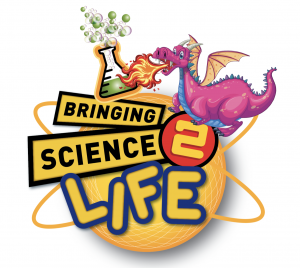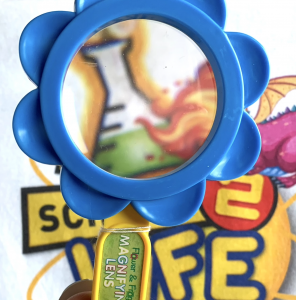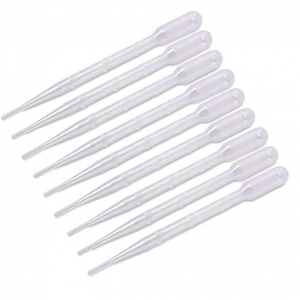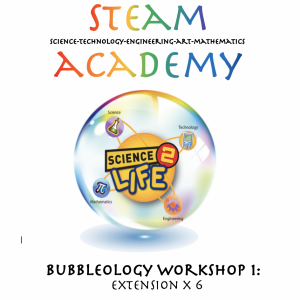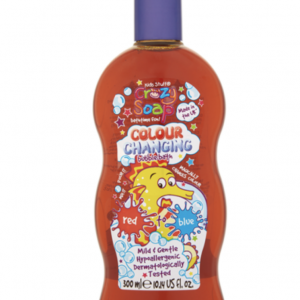Description
Budding scientists will have a blast conducting their own experiments using our 28 piece Primary Science Lab Kit.
Includes:
- 1 x bright red test tube holder with 6 holes
- 4 x 16 mm diameter test tubes with caps
- 2 x 10 mm diameter test tubes with caps
- 1 x 10 ml measuring cylinder
- 1 x 25 ml measuring cylinder
- 10 x 3 ml pipettes
- 2 x 60 ml measuring cup
- 1 x 12 cc syringe
- 1 x flower or frog magnifying lens
- 2 x small funnel
- 1 x soft edge safety glasses (0ne size fits all)
- Measuring Spoons
- pH Indicator Test Strips
Items you may wish to add to this kit:
- timers
- measuring jugs
- measuring scales
- baby’s bottles make excellent measuring cylinders for larger volumes
- cups and bowls
- measuring spoons and cups
- Stirrers
Suggested chemicals:
- Vinegar (acid)
- Baking Soda (Base)
- Red cabbage
- Colour changing bubble bath
- Washing up liquid
- Food colouring
- Baby or cooking oil
- Water
- Milk
- fizzing tablets
- Citric acid
- Sugar
- Salt
Your young scientists will love to use this set to experiment and mix different items together.
They will love mixing baking soda, vinegar, water, citric acid, food colourings, oil, milk and other powders together.
Whether their activity is guided by you or them they will be developing the following skills:
- Problem solving
- Fine motor skills
- Mathematical concepts
- Making predictions
Any science experiment benefits tactile and visual learners.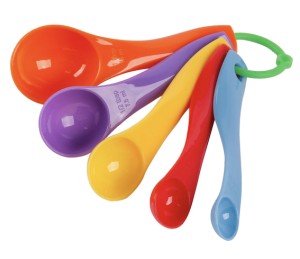
How do different liquids flow?
How do different chemicals react together?
Which chemicals when mixed give you a fizz? Answer: Any acid (vinegar, fruit juice, citric acid) with baking soda.
What do we need our children need to learn?
- the language used around measurements such as weight, capacity, volume and time
- they need to know about units used in the past, Imperial Units (ounces, pounds, yards, hectares, pints,etc) and the System International used today (see below)
- they need to know how to convert kilograms to pound, or litres to pints etc, as well as scaling up or down – a skill used by builders on a daily basis.
Teaching Volume and Capacity
The language around volume and capacity can be tricky because these words are not often used in daily conversation, and therefore can be confusing for our young ones.
A litre bottle has a capacity of 1 litre whether it is empty or full; however
if the water bottle is full, the volume of water is 1 litre if the bottle is empty the volume is zero.
Grab some containers of different sizes (egg cups, beakers, plastic storage boxes, pots and pans), provide some water (in the sink, the bath, or a bucket outside), and let children compare capacities by filling and pouring from one to another. Encourage them to use language such as full, empty, contains more/less than. Can your child compare the containers and see which ones have less and which ones have more?
Make sure they check the capacities by pouring – we don’t want them to think that taller, thinner containers always hold more that shorter, wider ones!
All children love playing with water. To fill our syringe you have to pull the plunger our slowly; what happens if you pull the plunger too fast. Developing motor skills doesn’t always mean we have to be fast!
Encourage your children to talk about what they are doing. If you have more than one child – buying just one kit will develop their ‘work as a team’ skills.. (oops should I be saying that!)
The aim of any activity is for your child/children to see themselves as scientists and engineers – I will let you do the research on the job opportunities open to them and the potential salaries they could earn.
Thinking like a scientist is a skill set which has allowed many individuals and companies meet the COVID problems. Some have survived, many are flourishing!
Activities to try at home
Here are some ideas for fun, practical activities to harness your child’s natural love of playing with water while building their confidence with volume and capacity.
1. Water, water everywhere
Grab some containers of different sizes (egg cups, beakers, plastic storage boxes, pots and pans), provide some water (in the sink, the bath, or a bucket outside), and let children compare capacities by filling and pouring from one to another. Encourage them to use language such as full, empty, contains more/less than. Can your child compare the containers and see which ones have less and which ones have more?
Ensure they check the capacities by pouring and don’t think that taller, thinner containers always hold more than shorter, wider ones. Older children can start to compare more accurately by using measuring jugs, and by drawing their own scales on empty plastic bottles in non-standard units (e.g. egg cups) or standard units (e.g. 100 ml).
